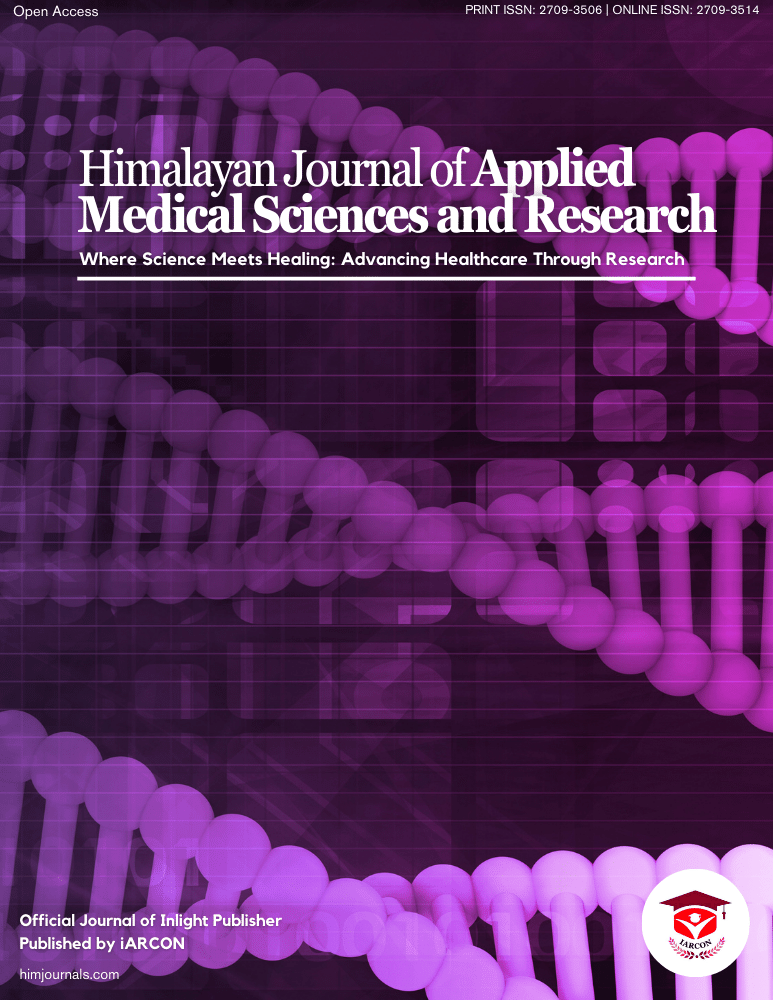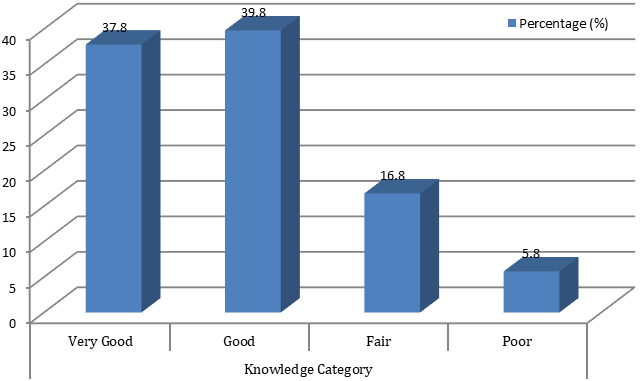The current study provides an extensive evaluation of public awareness, perceptions, and misconceptions regarding conjunctivitis among the general population in Himachal Pradesh, offering critical insights that can inform targeted public health interventions. Overall, participants displayed commendable foundational knowledge about conjunctivitis, commonly identifying it as "pink eye," recognizing its contagious nature, and understanding the necessity for medical consultation when symptoms appear. However, despite these positive findings, significant knowledge gaps and misconceptions were evident, particularly concerning the understanding of underlying causes, transmission modes, preventive strategies, potential complications, and appropriate treatment methods. Such misconceptions represent key barriers that could contribute to delayed treatment, inappropriate self-medication, increased disease transmission, and preventable ocular complications.
Socio-demographic analysis underscored the representativeness of the study sample, comprising balanced gender distribution and active participation from economically productive age groups (26–45 years). The study’s notable inclusion of a substantial rural population (57.8%) highlights the importance of addressing conjunctivitis awareness specifically within rural communities. Given Himachal Pradesh's challenging terrain and limited healthcare infrastructure, rural residents often encounter significant barriers in accessing timely healthcare, increasing their susceptibility to misinformation and reliance on traditional beliefs. Consequently, targeted educational interventions, especially those leveraging community health workers and local communication channels, become particularly critical in addressing these rural-specific knowledge deficits.
Regarding specific knowledge about conjunctivitis, the majority of respondents successfully recognized the primary symptoms (e.g., red, itchy eyes), understood its contagious nature, and correctly identified ophthalmologists as the appropriate specialists for treatment. Nevertheless, detailed knowledge regarding preventive practices was somewhat inconsistent, with some participants unaware of simple yet crucial hygiene measures such as regular handwashing or avoiding the sharing of personal items. Additionally, there was noticeable uncertainty about specific causes, including the roles of bacterial infections and allergies. This gap in understanding could contribute significantly to inadequate preventive behaviors, potentially exacerbating outbreaks of conjunctivitis, especially in communal settings such as schools or workplaces.
One critical area where misconceptions were particularly prominent involved understanding the potential risks and complications associated with untreated conjunctivitis. A notable proportion of participants underestimated serious consequences such as corneal damage, which can lead to impaired vision if untreated. Misunderstandings around nutritional aspects such as vitamin A's role in eye health and confusion over irrelevant factors (e.g., ear wax as a cause of conjunctivitis) further demonstrate the need for more precise public health messaging. Misconceptions about conjunctivitis resolving spontaneously without professional intervention might discourage timely healthcare seeking, potentially increasing the risk of complications.
The study’s knowledge score classification revealed that while a substantial proportion of participants (approximately 78%) exhibited either "Good" or "Very Good" levels of awareness, a concerning number still fell into "Fair" (16.8%) or "Poor" (5.8%) knowledge categories. These lower-knowledge groups typically represent rural populations and individuals with lower educational attainment, emphasizing the significant role of socio-demographic determinants in shaping conjunctivitis awareness. Therefore, public health strategies must not only address general misconceptions but also directly target vulnerable groups, utilizing culturally sensitive educational materials, visual aids, and accessible language to ensure effective information dissemination.
The identified knowledge gaps and misconceptions align with broader research findings, both nationally and internationally, indicating widespread confusion about conjunctivitis symptoms, transmission routes, treatment methods, and prevention strategies. To effectively address these gaps, public health initiatives in Himachal Pradesh must be multifaceted, integrating educational campaigns delivered through community-based programs, local media, schools, healthcare facilities, and digital platforms. Strengthening rural healthcare services by integrating conjunctivitis screening and education into existing primary care networks could significantly enhance early detection and appropriate treatment-seeking behavior.8,9
Furthermore, leveraging community healthcare workers such as Accredited Social Health Activists (ASHAs) and Anganwadi workers could enhance trust and efficacy in educational outreach, particularly in rural or underserved areas. Clear communication emphasizing accurate transmission modes, preventive behaviors, and recognizing early warning symptoms requiring immediate medical consultation can mitigate stigma and anxiety associated with conjunctivitis outbreaks.9,10
This study highlights commendable baseline awareness regarding conjunctivitis among residents of Himachal Pradesh while identifying critical knowledge deficits that require targeted, culturally tailored interventions. Addressing these gaps through comprehensive educational campaigns, enhancing rural healthcare infrastructure, and ensuring consistent, accessible, and accurate public health messaging are crucial for reducing the incidence, severity, and complications associated with conjunctivitis. Future studies should evaluate the long-term effectiveness of these interventions, focusing on sustained improvements in community awareness, reductions in disease transmission, and enhanced ocular health outcomes across diverse populations in the region.



